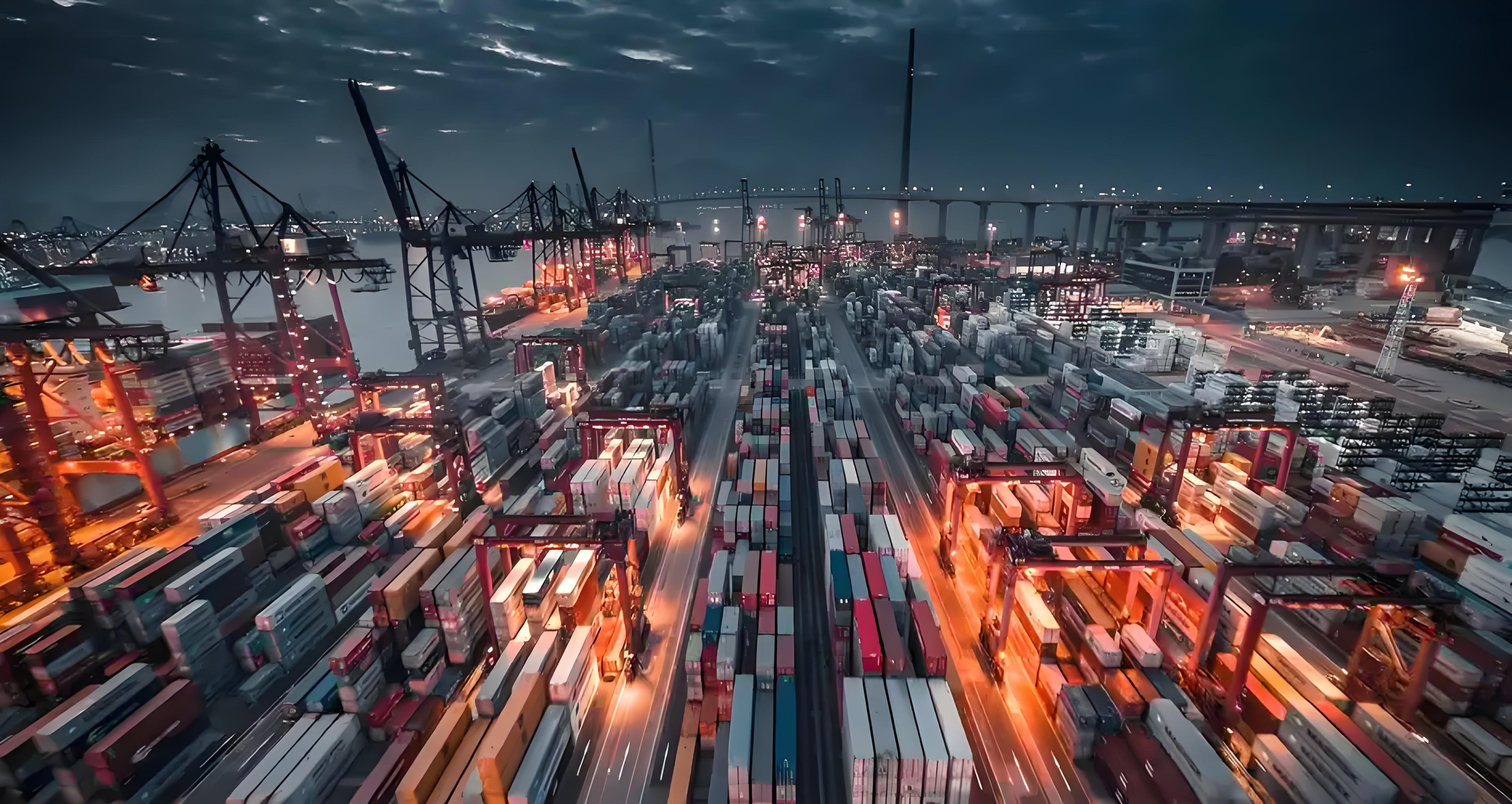
On the local time of August 19, the US Department of Commerce announced a decision that may have a significant impact on the global trade pattern: 407 product categories will be included in the tariff list for steel and aluminum derivatives, and the steel and aluminum components in the products on the list will be subject to a high tariff of 50%. This decision has not only attracted strong attention from relevant industries in the United States but also caused a stir in the international market.
The newly added tariff list covers an extremely wide range, almost touching every aspect of economic life. Large industrial equipment such as wind turbines and their components, mobile cranes, and railway vehicles are prominently included. These industries play a key role in promoting US infrastructure construction and energy development. The inclusion of daily consumer goods and basic industrial equipment such as furniture, compressors, and pump - type equipment means that the daily life of American people and the production and operation of many small and medium - sized enterprises may be directly impacted.
Jeffrey Kessler, Deputy Director of the Bureau of Industry and Security of the US Department of Commerce, stated that this action has expanded the scope of steel and aluminum tariffs, effectively plugging the loopholes for tariff evasion, and aims to strongly support the continuous revitalization of the US steel and aluminum industries. Domestic steel manufacturers in the United States, such as industry giants like Cleveland - Cliffs, have long been pressuring the government to expand the tariff coverage. They believe that imported steel and aluminum products and their derivatives seize the market at low prices, seriously weakening the competitiveness of the domestic manufacturing industry, and high tariffs can create a more favorable competitive environment for the domestic industry.
However, this policy may face many complex problems in the implementation process, and its negative impacts cannot be ignored. For enterprises in the United States that rely on imports of steel and aluminum raw materials and related components, the substantial increase in tariffs will undoubtedly lead to a sharp rise in production costs. Take the automobile manufacturing industry as an example. This tariff list specifically includes imported components of automobile exhaust systems and electrical steel needed for electric vehicle production. Previously, many foreign automobile manufacturers appealed to the US Department of Commerce that the domestic production capacity of electrical steel and related components in the United States is insufficient to meet the current market demand. But the Department of Commerce did not adopt these suggestions and still included these key components in the tariff list. This may cause automobile manufacturers to face the dilemma of component supply shortages in the short term, forcing their production plans to be disrupted. In the long run, the increase in production costs will inevitably be passed on to consumers, leading to a rise in automobile prices and weakening the competitiveness of American automobiles in the international market.
From the perspective of the global supply chain, as an important global trading power, the expansion of the scope of US steel and aluminum tariffs will have a wide - ranging spillover effect. Many countries and regions are major suppliers of steel, aluminum, and related products to the United States. After the United States raises tariffs, the export business of these suppliers will be severely hit. Take Canada as an example. It has always been an important supplier of steel and aluminum products to the United States. The expansion of the tariff scope by the United States this time will have a huge impact on relevant industries in Canada, and then affect employment and economic growth in Canada. At the same time, the complexity of the global supply chain determines that this policy will trigger a series of chain reactions. The industrial chain layout originally formed based on the optimal allocation of global resources may face readjustment. Many enterprises need to re - evaluate their investment and production strategies in the US market, which will undoubtedly increase the uncertainty of the global economy.
In addition, this approach of the United States runs counter to the general trend of global trade liberalization. In recent years, although global trade protectionism has been on the rise, the multilateral trading system is still the mainstream. The United States frequently wields the big stick of tariffs, which not only undermines the international economic and trade order but also damages its own international image and reputation. Its trading partners may take countermeasures, further intensifying trade frictions, forming a vicious circle, and ultimately hindering the recovery and development of the global economy.
Behind the intention of protecting its domestic steel and aluminum industries, the move by the US Department of Commerce to expand the scope of steel and aluminum tariffs hides many complex economic and political issues. Its impact on the US domestic economy and the global trade pattern deserves continuous attention and in - depth research.

Driven by the Trump administration's push to relax financial regulations and the recovery of investment banking business, the market value of the six major banks in the United States has cumulatively increased by approximately 600 billion US dollars by 2025.
Driven by the Trump administration's push to relax financia…
On Christmas evening, U.S. President Trump posted on social…
According to multiple foreign media reports, the recent fin…
The middle class, once regarded as the cornerstone of Ameri…
On December 19th local time, the US military launched a lar…
The Boxing Day sunshine should have cast a false glow of pr…